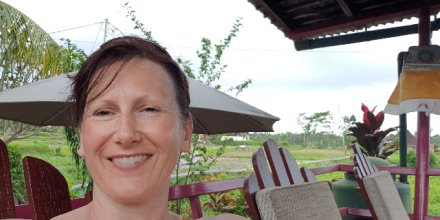The dark side of light – species and community level impacts of night lighting
The global increase in the radiance of artificial light at night (ALAN) is regarded as one of the most pervasive and under-appreciated forms of environmental pollution.
Speakers
Event series
Content navigation
Description

The global increase in the radiance of artificial light at night (ALAN) is regarded as one of the most pervasive and under-appreciated forms of environmental pollution. Current ALAN levels in urban environments have been linked to changes in behaviour, reductions in individual fitness, declines in species abundance and dramatic shifts in ecosystem composition. One potential explanation for these biological disruptions is that ALAN lowers circulating levels of the hormone melatonin; a key regulator of day-night rhythm and a possible anti-oxidant. Melatonin is a highly conserved protein identified in all major taxonomic groups. However, most studies exploring links between ALAN, melatonin levels and changes in biological process are correlational. We take a largely experimental approach in our research as we strive to understand the mechanisms driving the ecological impact of artificial light at night. Understanding the links between LAN intensity and spectra, levels of circulating melatonin and immune function, survival, and reproduction provides the critical foundation for the future development of sustainable urban lighting strategies. Such strategies will need to balance the potential conflict between growing human demands for brighter night lighting and the adverse ecological effects this may promote.
Biography
Therésa Jones is a behavioural ecologist interested in understanding the ecological impact of artificial light at night on the fitness of individual animals and their communities. She addresses this using a variety of species including crickets, spiders, swans, willie wagtails and the odd kangaroo.
Following a PhD at The Institute of Zoology, she undertook postdoctoral work in Uppsala and then came to Australia on a one year fellowship. She became interested in ecological light pollution about five years ago following a chance discussion with a visiting lecturer, is the Leader of the Urban Light lab and one of the founding directors of the Australasian Dark Sky Alliance.
Location
Eucalyptus Seminar Room, Rm S205, Level 2, RN Robertson Building (46)
